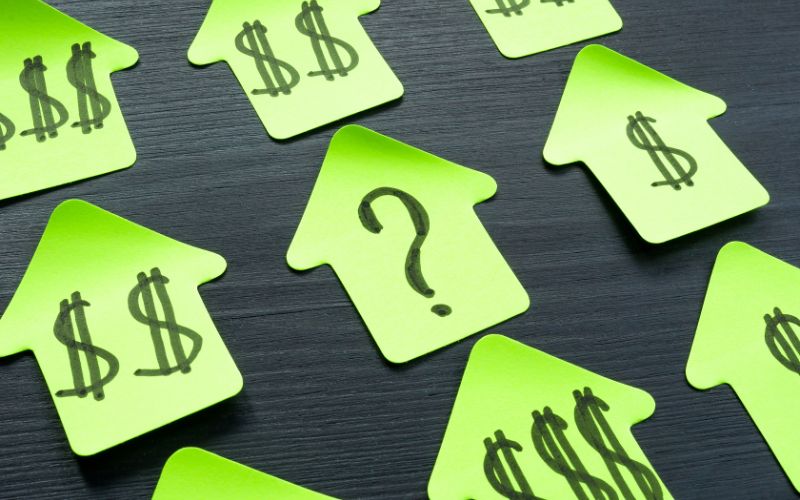
Homebuyers in Australia are facing the worst affordability conditions in at least three decades.
This was according to the latest PropTrack Housing Affordability Index, which showed that the sharp rise in mortgage rates and increasing home prices have worsen the housing affordability.
Overall, households earning the median income can only afford 13% of homes sold in the past year, the smallest level since records began in 1995.
New South Wales, Tasmania, and Victoria had the toughest affordability conditions among all states.
In New South Wales, for instance, a typical-income households can afford only 7% of the homes sold in the state over the past year.
Low- and middle-income households are grappling with severely stretched affordability, with households earning $64,000 annually able to afford only 3% of available homes.
Affordability has diminished across all household types, with a particularly acute impact on 25–34-year-olds who can now only afford less than 30% of available homes.
Meanwhile, challenge of housing accessibility, measured by the time required for new buyers to save a deposit, has grown significantly more difficult due to rapid home price increases.
The average household would need to save 20% of their income for more than five and a half years to save a 20% deposit on a median priced home.
Of all states, Queensland and Western Australia remain the most affordable, which may continue to drive demand for homes.
The PropTrack Housing Affordability Index also showed that servicing a mortgage is currently nearly as challenging as it was in 1989, just slightly below the peak.
In fact, an average-income household would need to allocate one-third of their earnings to cover mortgage payments for a median-priced home.
PropTrack senior economist Angus Moore said the overall situation is especially challenging for lower-income households and first-homebuyers.
“Mortgage interest rates have increased extremely rapidly from the record lows in 2020 and 2021, following RBA rate hikes that began in May 2022,” he said.
Mr Moore said this has caused the sharpest increase in mortgage rates since the mid-1980s and has reduced borrowing capacities by as much as 30% for new borrowers.
“At the same time, existing borrowers, which make up around a third of Australian households, have faced sharp increases in mortgage repayments. A typical recent borrower now faces repayments as much as 50% higher than in early 2022,” he said.
Home prices continued to rise in August, even showing reacceleration after growth slowed down in the preceding months. Mr Moore said there are now far fewer homes for which mortgage repayments are affordable than was the case over the past few years.
“Household incomes have risen since the pandemic and improved labour market conditions have drawn more people into employment and boosted wages growth,” he said.
“However, this has been insufficient to offset higher home prices and, critically, the surge in mortgage rates.”
Buying a home or looking to refinance? The table below features home loans with some of the lowest interest rates on the market for owner occupiers.
| Lender | Home Loan | Interest Rate | Comparison Rate* | Monthly Repayment | Repayment type | Rate Type | Offset | Redraw | Ongoing Fees | Upfront Fees | Max LVR | Lump Sum Repayment | Extra Repayments | Split Loan Option | Tags | Features | Link | Compare | Promoted Product | Disclosure |
|---|---|---|---|---|---|---|---|---|---|---|---|---|---|---|---|---|---|---|---|---|
5.29% p.a. | 5.33% p.a. | $2,773 | Principal & Interest | Variable | $0 | $530 | 90% |
| Promoted | Disclosure | ||||||||||
5.19% p.a. | 5.10% p.a. | $2,742 | Principal & Interest | Variable | $0 | $0 | 80% |
| Disclosure | |||||||||||
5.39% p.a. | 5.43% p.a. | $2,805 | Principal & Interest | Variable | $0 | $530 | 90% |
| Promoted | Disclosure |
-
Photo by designer491 on Canva.
Collections: Mortgage News First Home Buyer Property News





Share